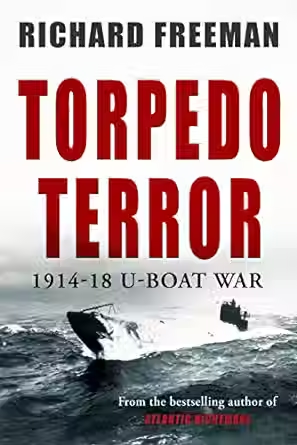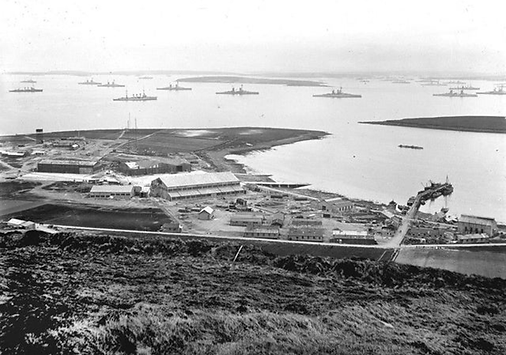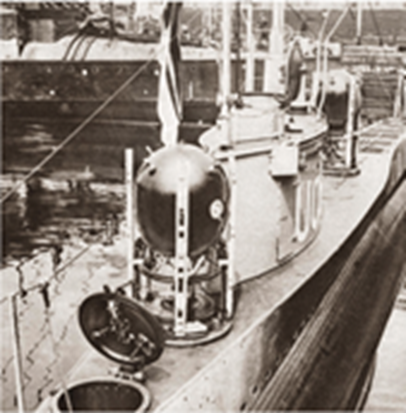Torpedo Terror
1914-18 U-boat War

For four years German submarines turned the seas around Britain into a cauldron of death. 6,000 merchant ships plunged to the deep. And, on the German side, 5,000 men and over 500 officers lost their lives.
Torpedo Terror explores how ill-prepared the British Admiralty was for this new form of warfare. Over the previous twenty years, surface fleets had grown, warships had scaled up, guns fired at longer ranges, and ships raced at greater speeds. Only one thing had failed to change: the admirals. Ageing First Sea Lords Admiral Sir Henry Jackson and Admiral Sir John Jellicoe were confounded by the U-boats and the torpedoes. They froze in face of them.
This is perhaps the first book to show the 1914-18 U-boat war from all sides, including naval personnel, merchant seamen, housewives, diplomatic staff, politicians, and inventors. Its emphasis on the home fronts in both Britain and Germany also distinguishes it from other works.
Torpedo Terror uses a wide range of sources, including diaries, diplomatic correspondence, newspaper reports and recent theses to present a wide-ranging panorama of one of the longest battles in history.
Checking the surrender documents, boat by boat. The men’s baggage lies on the deck in front of the conning tower. (Wikimedia Commons.)

Scapa Flow – a challenge too far for the U-boats

German mines ready for laying by a U-boat.

A German celebration of Otto Weddigen’s sinking of the Cressies

Code-breakers in Room 40 during the First World War. (University of Aberdeen.)

Belgian refugees on the torpeoed Amiral Ganteaume transferring to ‘The Queen’ in October 1914. (Contemporary postcard.)

The Illustrated London News’ dramatic imagining of the end HMS Formidable. Captain Loxley’s dog Bruce patiently waits to share the fateful conclusion. The sinking was to cost Admiral Bayly his squadron command.

The dying Blücher at Dogger Bank demonstrated the Royal Navy’s dominance of surface warfare in the North Sea.

Vickers publicity material for its warship building. Its HMS Revenge was attacked by U-21 early 1915. (Contemporary advertisement.)

The crew of U-28 in 1917


A looted German shop in Liverpool following the sinking of the Lusitania
Admiral of the Fleet Lord Fisher, who chaired the Inventions Board, conversing with Churchill on the steps of Admiralty House in 1915. (Wikimedia.)


Experimental towed hydrophones at HMS Tarlair
Women spreading manure as Britain brought more land into cultivation. (Illustrated War News, January 24, 1917.)


Mutinous sailors storming through Kiel in November 1918.



